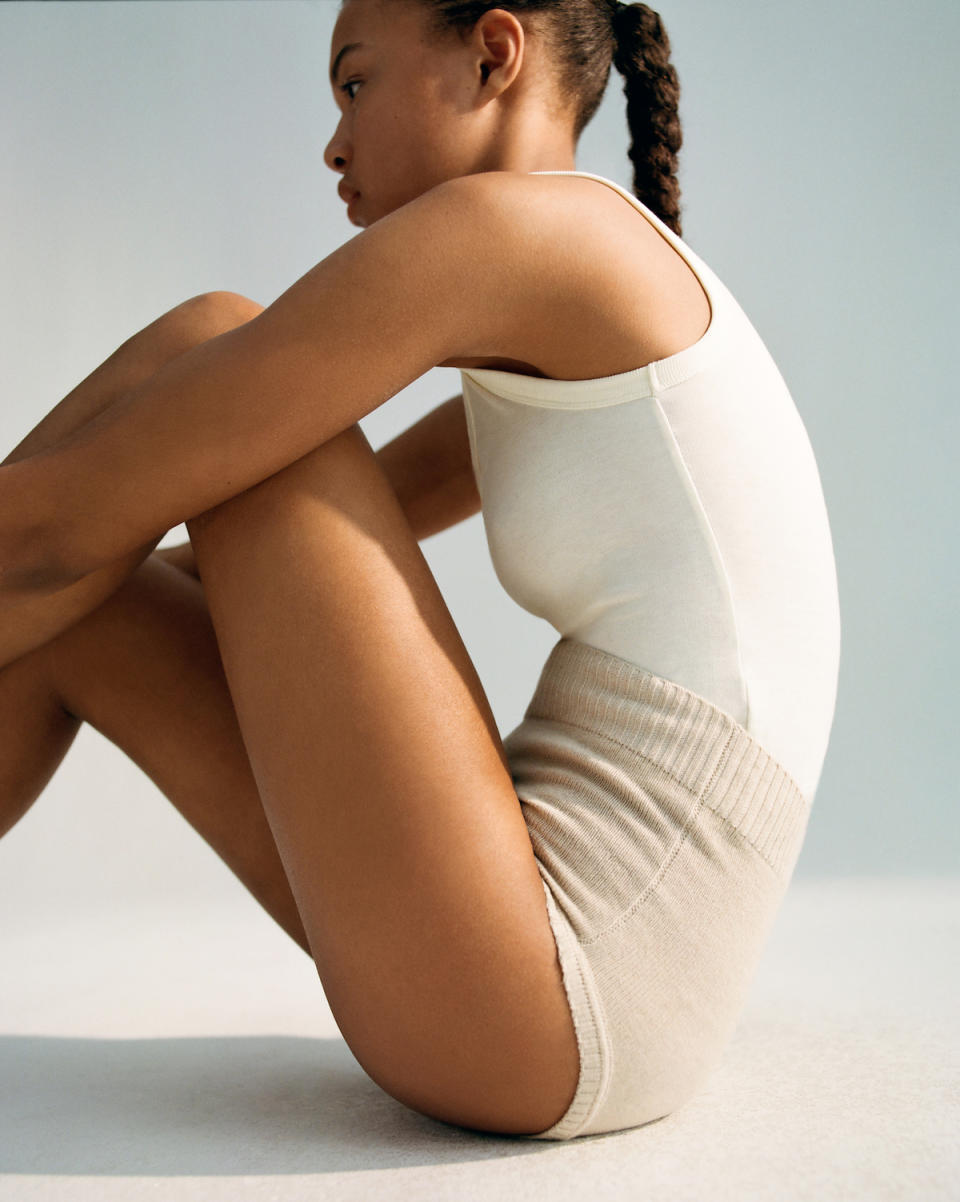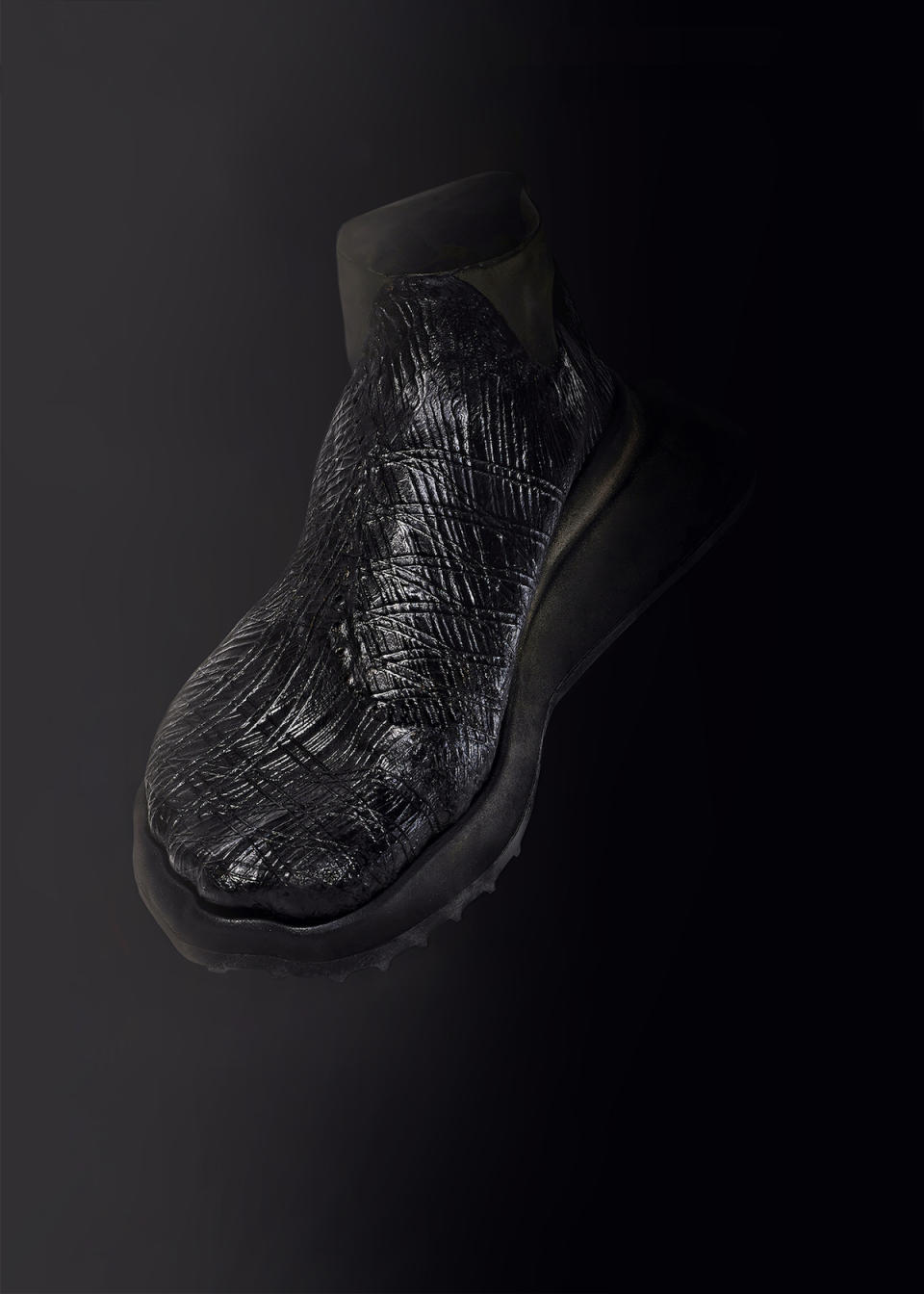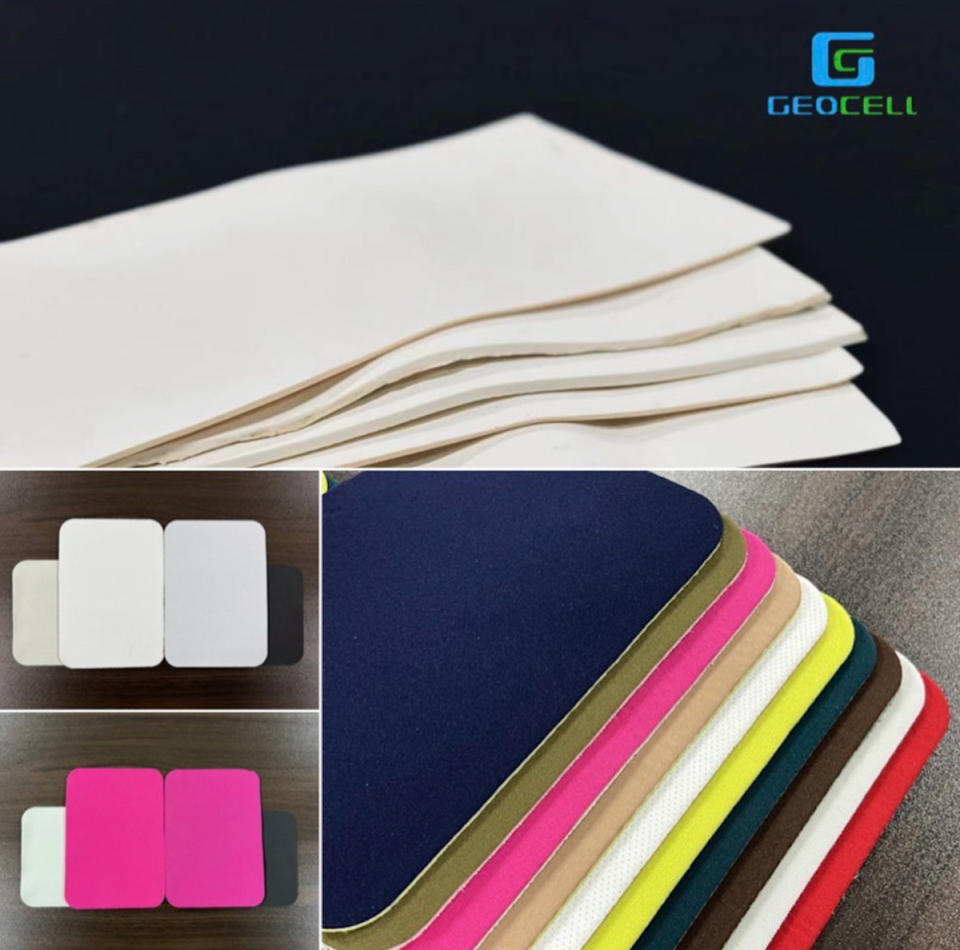Material World: Seaweed Sweaters and Bacteria-Grown Shoes

Material World is a weekly roundup of innovations and ideas within the materials sector, covering news from emerging biomaterials and alternative leathers to sustainable substitutes and future-proof fibers.
Pyratex

Vezavena and Pyratex have collaborated to develop knitwear made with blends of seaweed-based fiber, organic cotton and extra fine merino wool for a capsule collection. The companies, both based in Madrid, combined craftsmanship and tradition with natural performance and innovation, managed locally through a certified production chain—making Vezavena the first womenswear brand to bring to market knitwear made with these natural fibers.
More from Sourcing Journal
9 Sustainable Designers Vie for Challenge the Fabric's $10K Cash Prize
Material World: Lululemon Uses Enzymes, Captured Carbon in New Jacket
At the same time, Vezavena launched a new Cut & Sew collection of circular knits using Pyratex jersey fabrics made from seaweed-based and vegetal fibers. This collaboration marks the first development of Pyratex Knitwear Lab, which “offers a comprehensive, 360-degree service” utilizing the material innovator’s expertise in R&D and knitwear, from prototype development to final production.
“After a decade of innovating in the fabric industry, we wanted to bring new fibers to knitwear traditionally associated with animal-based fibers, cotton or synthetic blends,” Regina Polanco, CEO of Pyratex, said. “Besides being a fellow Spanish and women-led company, Vezavena creates responsible and durable designs that stem from technical know-how—a mission that resonates strongly with ours.”
In fact, Vezavena designs and produces all of its pieces in its family-owned factory in Toledo, Spain. The brand utilizes the traditional knitting technique known as “fully fashioning.” This technique involves knitting each part of the style individually before linking them together and finishing by hand. This ensures that no extra waste is generated in the production process and makes the garment as solid and stable as possible.
Imperial College London

Researchers at London’s Imperial College have genetically engineered bacteria to grow animal- and plastic-free self-dyeing leather—marking the allegedly first time bacteria have been engineered to produce a material, and its own pigment, simultaneously.
This process, published in the journal “Nature Biotechnology,” demonstrates that combining genetic engineering with current and future methods of textile bio-fabrication has the potential to create a new class of textiles.
“Inventing a new, faster way to produce sustainable, self-dyed leather alternatives is a major achievement for synthetic biology and sustainable fashion,” lead author professor Tom Ellis, from Imperial College London’s department of bioengineering, said. “Bacterial cellulose is inherently vegan, and its growth requires a tiny fraction of the carbon emissions, water, land use and time of farming cows for leather. Unlike plastic-based leather alternatives, bacterial cellulose can also be made without petrochemicals, and will biodegrade safely and non-toxically in the environment.”
The researchers were able to create this self-dyeing leather alternative by “modifying the genes of a bacteria species that produces sheets of microbial cellulose.” These genetic modifications “instructed” the same microbes that were growing the material also to produce eumelanin, the dark black pigment.
The team then worked with material designer Jen Keane to grow the upper part of a shoe with bacterial cellulose that was kept in a “bespoke,” shoe-shaped vessel for 14 days. After those two weeks, the shoe was “subjected” to two days of “gentle shaking” to activate the production of black pigment from the bacteria so that it would dye the material from the inside. In doing so, the researchers demonstrated that the bacteria can be engineered using genes from other microbes to produce colors in response to blue light.
The team also made a black wallet by growing two separate cellulose sheets, cutting them to size and sewing them together.
“Our technique works at large enough scales to create real-life products, as shown by our prototypes. From here, we can consider aesthetics as well as alternative shapes, patterns, textiles and colors,” co-author Dr Kennet Walker said. “The work also shows the impact that can happen when scientists and designers work together. As current and future users of new bacteria-grown textiles, designers have a key role in championing exciting new materials and giving expert feedback to improve form, function and the switch to sustainable fashion.”
Wellpower, Inc.

Advanced material technology solutions company Wellpower, Inc. has debuted Geocell White, a white colorway of the PFAS-free, 100 percent plant-based neoprene alternative. Available beginning this summer, Geocell White is geared toward watersports apparel as well as footwear and accessories applications.
“Geocell White provides more sustainable choices for blending performance, style and comfort in a product category that continues to see growth,” said Johnny Sheu, president and CEO of Wellpower. “Not only are consumers adopting healthier, more active lifestyles, they are demanding more planet-friendly products. With Geocell White, brand creative directors now have another design tool to bring fresh looks to a vibrant category.”
Geocell White is a natural rubber utilizing recycled laminate fabrics and water-based adhesives, the company said. It sources the hypoallergenic and durable rubber from the Programme for the Endorsement of Forest Certification (PEFC) certified plantations. Wellpower also said that Geocell is approved by the Forest Stewardship Council (FCS).
Geocell White will be available in three versions of stretch: S Foam for footwear and luggage, P Foam for braces and SS Foam for wetsuits and active apparel.

